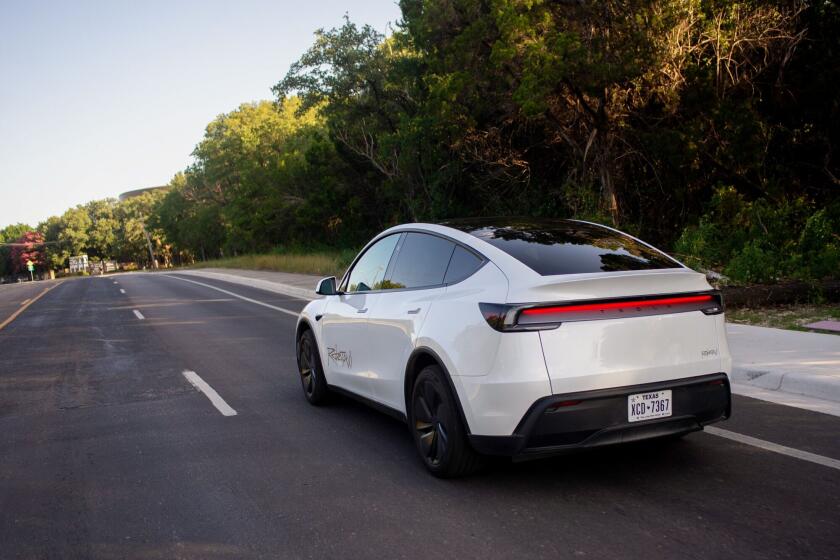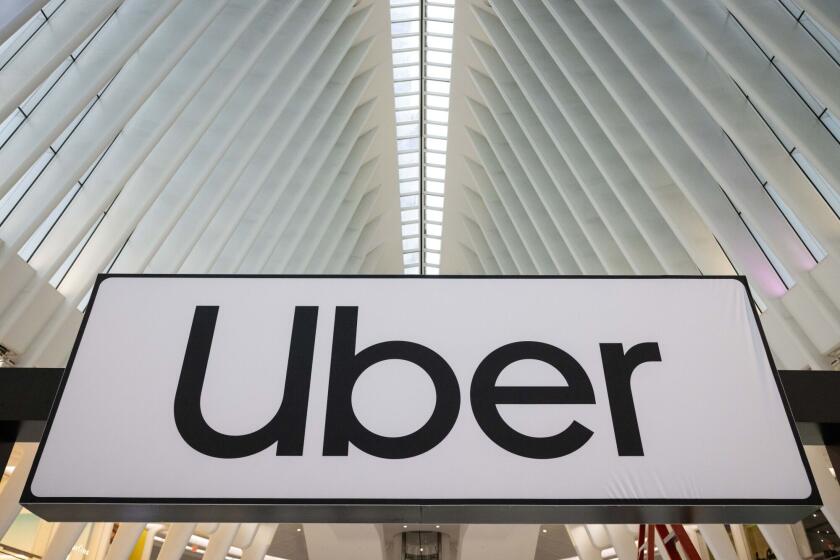A Sound Idea for Muffling Supersonic Jets
- Share via
Think of the Concorde. Extreme luxury. Extreme speed. And extremely noisy.
The unsettling roar of supersonic jets is one of the main reasons these machines are banned from most airports in the United States. Hoping to increase public access to supersonic transportation, scientists at UC Irvine have spent more than four years developing a way to muzzle the jet.
Some of the loudest sounds come from the exhaust when a pilot revs the engines, experts said. Traditionally, plane crews slap on mufflers, which tone down the noise but add weight.
“The problem is these [sound] waves are so intense, and the acoustic liner so heavy, the weight defeats the point of using a supersonic plane,” said Dimitri Papamoschou, a professor of aerospace and engineering who heads the supersonic team. “It’s got to be quiet enough that residential areas won’t mind the noise and light enough to make the travel cost-efficient.”
The UCI professor says he has the solution. Instead of adding a muffler, Papamoschou surrounds the exhaust with a ring of air. If the temperature and orientation of the air is just right, the ring can make the sound waves disappear.
The scientific community is listening to Papamoschou’s findings. NASA has paid more than $175,000 to the professor and his team members, who are experimenting with this technique at UC Irvine. The technology will move on to larger-scale tests at NASA’s labs in Langley, Va., in February.
“This is the No. 1 challenge for creating the next generation of transportation,” Papamoschou said. “I want to see a day when supersonic jets are as big as 747s, they leave from airports all over the world and travel three times the speed of a regular commercial flight.”
*
P.J. Huffstutter covers high technology for The Times. She can be reached at (714) 966-7830 and at p.j.huffstutter@latimes.com
More to Read
Sign up for Essential California
The most important California stories and recommendations in your inbox every morning.
You may occasionally receive promotional content from the Los Angeles Times.













